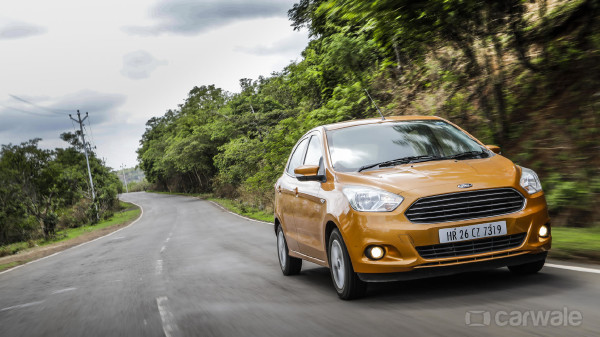
This month we will talk about the Ford Figo’s intercity travel ability. And to make it comprehensive we have thrown in an expressway, a winding state highway and your regular four-lanned national highway as well.
Now, if you want to know more about other aspects of the car – is it any good in the city, does it have usable features and space, and whether it is comfortable to live with and drive on a daily basis – we have links to those pieces at the end of this article.
To the highway then…
Lets start with something the Figo AT is comfortable handling – the regular and predictable four-lanned national highways. On straight and mildly undulating roads with some long sweeping corners at under 100kmph – which is your typical highway scenario – the Figo feels confident, planted and relaxed. It’s reasonable quiet too, and the engine’s response, though slightly lazy, won’t make you pull your hair out. On roads like these, one can comfortably travel for hours on end in the Figo.
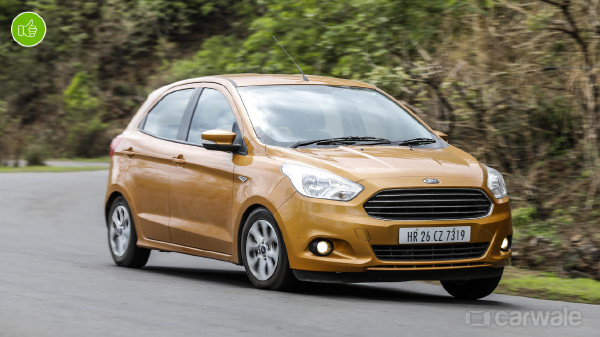
It’s the same on an expressway. Sure the speeds are higher but even so the Figo AT’s 1.5-litre petrol engine has enough in reserve to pull an overtake move or cruise effortlessly at three digit speeds. The only thing is you will need to get on the throttle harder to make it downshift for a quicker overtake. But, the connect between the throttle and the downshifts is lacking a bit. So, one has to consciously modulate the throttle to prevent the Figo from downshifting one gear too many that gets the engine revving close to 5,000rpm, and as a result makes a lot of noise.
The Figo is pretty much at home on a winding road as well. If the switchback has well laid tarmac, it is happy turning into corners, making quick direction changes and getting on the power early. It just doesn’t appreciate aggressive inputs courtesy limited grip offered by the skinny tyres.
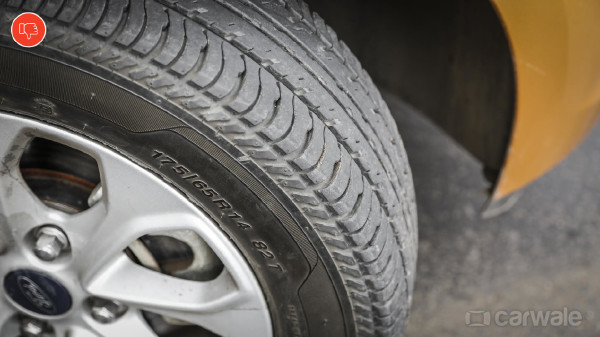
But, if the surface is uneven, patched, or has the shallowest of potholes, the suspension too begins to lose composure. So, the ride turns harsh, the car skips around and the throttle inputs now need to be fed as if it were fragile. Skip the last part and the electronics will relentlessly keep cutting power.
Now, all these issues have been addressed with the Figo S or Sports. I drove the diesel powered S recently and even though it sits lower and has a slightly stiffer setup than our Figo AT here, it still returned significantly better handling as well as ride quality, especially on poorly surfaced roads. If Ford is serious about selling the automatic Figo, we strongly believe, it needs an S version as well.
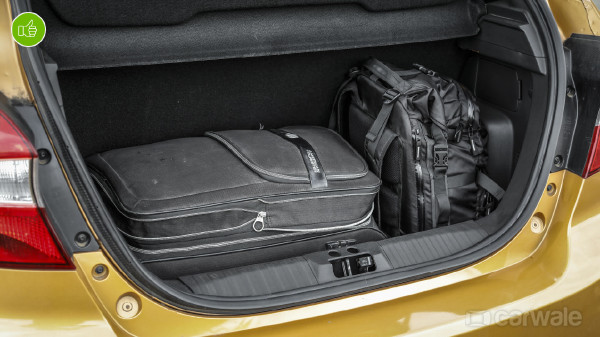
As far as practicality on a long trip is concerned, the Figo has that covered. With enough and more bottle holders, sensibly placed cup holders and a decently sized boot, it makes for a hassle free highway companion. What it could do with though is a sturdier parcel tray that is connected to the boot lid so that one doesn’t have to manually lift it while removing bags.
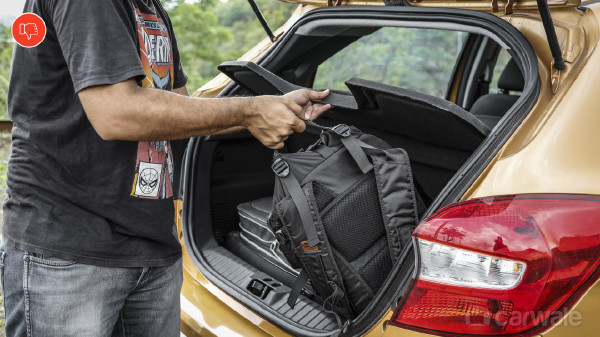
Next month, we will have one of the other team members use the car. Let’s see what he / she has to say about it…
Vehicle Stats
Variant – Titanium
Odometer reading – 9994km
Positives of the report – Effortless cruising ability, decent sized boot, thoughtfully designed cabin
Negatives of the report – Skinny tyres, parcel tray not connected to boot lid
Fuel Efficiency – 11.4kmpl
Pictures by Kapil Angane
Click here for our previous long term report of the Ford Figo AT
[Source”GSmerena”]
